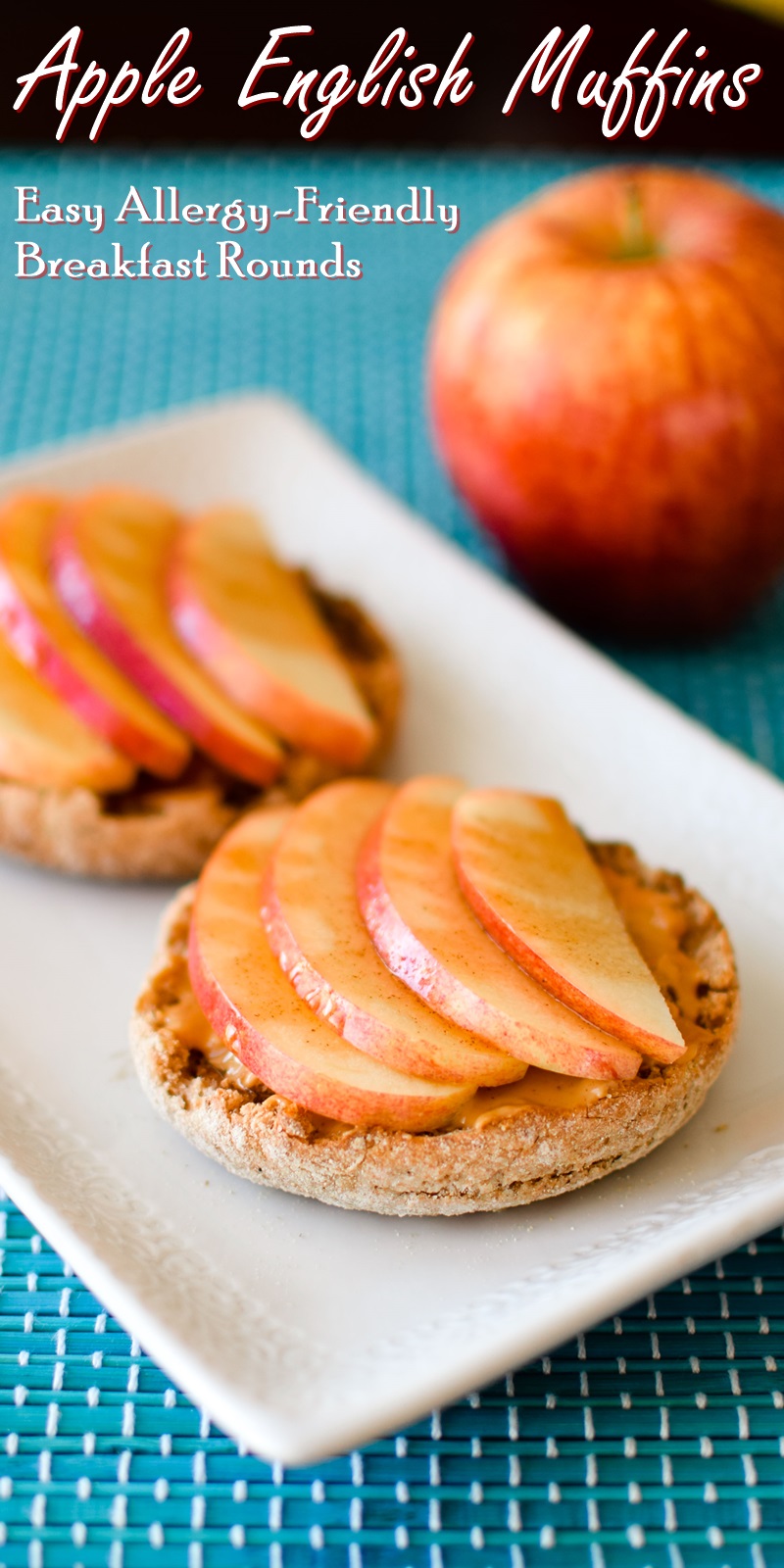Welcome to TASTETROVE Breakfast is often hailed as the most important meal of the day, setting the tone for energy levels, mood, and productivity. In a world rushing through mornings, quick yet nourishing options like English muffin breakfast rounds stand out for their versatility, portability, and sheer delight. These humble yet flavorful creations transform the classic English muffin—a craggy, nooks-and-crannies wonder—into a canvas for both sweet and savory masterpieces. Whether you’re craving the comforting crunch of peanut butter and crisp apple slices drizzled with cinnamon glaze or a hearty stack of egg rounds, melted cheese, and crispy bacon, English muffin breakfast rounds offer endless possibilities.
Imagine this: a toasted English muffin half, warm and golden, topped with seasonal fruits for a sweet escape or protein-packed fillings for sustained fuel. They’re not just food; they’re a ritual. For busy parents juggling school runs, professionals powering through meetings, or weekend brunch enthusiasts, these rounds deliver satisfaction without the fuss. At around 200-300 calories per serving, they’re lighter than a full bagel but more substantial than plain toast, making them ideal for mindful eating.
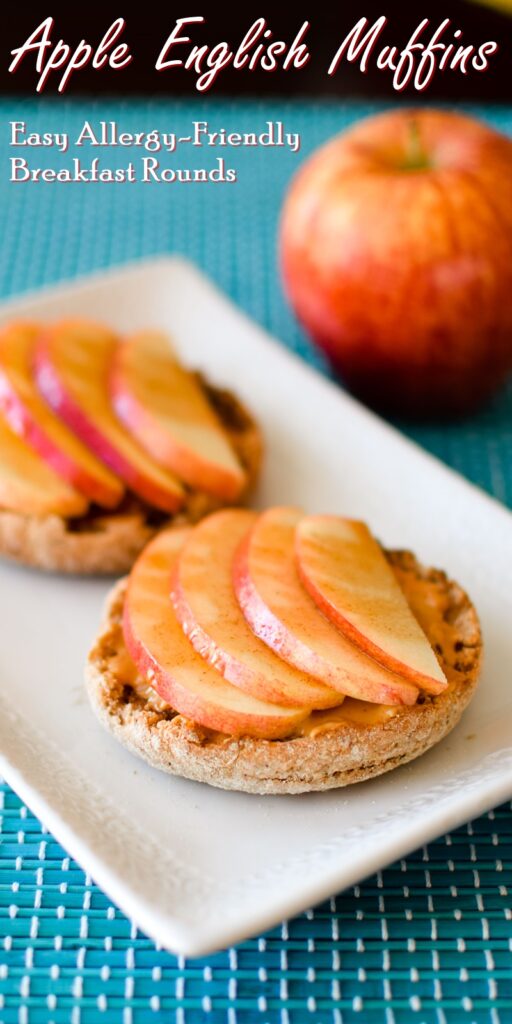
This comprehensive guide dives deep into the world of English muffin breakfast rounds. We’ll explore their rich history, unpack the nutritional perks, share foolproof recipes (both classic and inventive), and offer tips for customization, meal prep, and pairings. By the end, you’ll be equipped to whip up your own batch, turning ordinary mornings into extraordinary ones. Ready to fork into flavor? Let’s get started.
[Internal Link: Explore Our Full Breakfast Recipe Archive]
A Brief History of the English Muffin: From British Roots to American Staple
The English muffin, the unsung hero of breakfast rounds, boasts a storied past that bridges continents and centuries. Far from its name suggesting a straightforward origin in England, the muffin’s journey is a tapestry of innovation, immigration, and adaptation.
The word “muffin” first appeared in print in 1703, likely derived from the Old French “moufflet,” meaning soft or tender, referring to a type of soft bread. Early recipes, like those in Hannah Glasse’s 1747 cookbook The Art of Cookery Made Plain and Easy, described muffins as griddle-cooked, yeast-leavened breads enjoyed by the working class in Wales and England. These proto-muffins, known as “crumpets” or “sally lunn buns,” were baked on a griddle to develop their signature irregular edges and airy interior, then split and toasted over an open fire—a tradition that persists today.
The modern English muffin as we know it emerged in the late 19th century, thanks to Samuel Bath Thomas, a British immigrant who arrived in New York in 1874. Frustrated by the soggy, dense muffins available in America, Thomas experimented in his Bronx bakery, perfecting a recipe for what he called “toaster crumpets.” By 1880, his Thomas’ English Muffins were a hit, sold door-to-door and later packaged for nationwide distribution. His innovation? Adding cornmeal to the dough for that distinctive crunch and baking on cast-iron rings to ensure uniform rounds.
Interestingly, the “English” moniker was a marketing ploy to distinguish them from American muffins—those dome-shaped, quick-bread cupcakes we bake in tins. In Wales, 10th-century “bara mean” (small loaves) laid the groundwork, but it was Thomas who globalized the griddle-baked version. Today, English muffins are a $500 million industry in the U.S. alone, with brands like Thomas’ dominating shelves.
This evolution mirrors broader culinary shifts: from hearth-baked peasant fare to industrialized convenience. Yet, the essence remains—nooks that cradle butter, jams, or toppings like those in our breakfast rounds. Understanding this history adds depth to every bite, connecting us to bakers past.
As English muffins crossed the Atlantic, they inspired creative adaptations. In Britain, they’re still split and grilled with butter for “muffin tea.” In America, they became the base for fast-food icons like the Egg McMuffin, introduced by McDonald’s in 1971. This fusion of tradition and innovation paved the way for breakfast rounds, blending British simplicity with Yankee ingenuity.
For those eager to trace roots further, External Link: Wikipedia’s English Muffin Page offers a timeline of recipes and cultural references. Or, dive into [Internal Link: Our Historical Baking Series] for more on griddle breads.
What Exactly Are English Muffin Breakfast Rounds?
At core, English muffin breakfast rounds are open-faced or halved muffin creations designed for quick assembly and maximum flavor. Unlike full sandwiches, “rounds” emphasize the muffin’s circular shape, often featuring a single layer of toppings that highlight its textured surface. The term gained popularity in the 1990s through recipe blogs and cookbooks, but it’s rooted in simple, no-fuss morning eats.
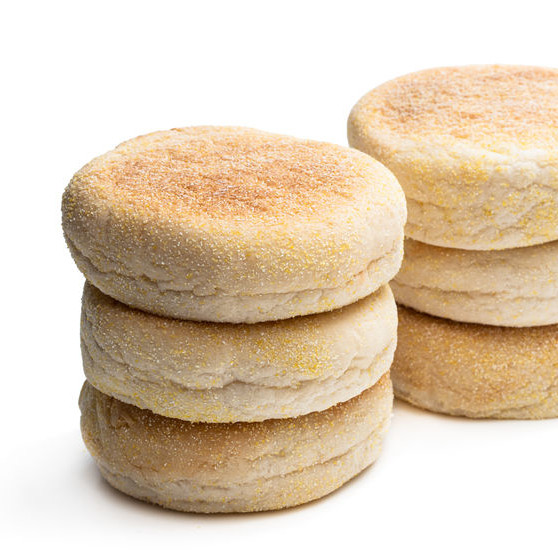
The classic sweet version—peanut butter, apple slices, and a cinnamon drizzle—evokes childhood nostalgia while packing antioxidants from fruit. Savory counterparts swap in proteins like eggs or bacon for a cafe-style vibe. What sets them apart? Their modularity. Toast the muffin, add toppings, and broil or microwave for a warm hug in under five minutes.
These rounds shine in versatility: gluten-free muffins for dietary needs, vegan spreads for plant-based diets, or loaded veggie stacks for the health-conscious. They’re portable for on-the-go, stackable for meal prep, and customizable for picky eaters. In essence, breakfast rounds democratize gourmet breakfast, proving that elegance needn’t be elaborate.
Nutritional Benefits: Fueling Your Day with English Muffin Rounds
English muffin breakfast rounds aren’t just tasty—they’re a nutritional powerhouse when built thoughtfully. A plain English muffin clocks in at about 134 calories, with 27 grams of carbs, 6 grams of protein, and 4.5 grams of fiber, providing sustained energy without a crash. Whole-grain varieties amp up the fiber to 3-4 grams per serving, aiding digestion and stabilizing blood sugar—key for diabetics or those watching glycemic index.
Toppings elevate the profile. Peanut butter adds healthy monounsaturated fats and 8 grams of protein, promoting heart health and satiety. Apples contribute vitamin C and pectin, a soluble fiber that lowers cholesterol. Savory rounds with eggs deliver choline for brain function and lutein for eye health, while bacon (in moderation) provides B vitamins.
Overall, a balanced round offers 20-30% of daily fiber, 15-20% protein, and micronutrients like selenium (48% DV) and manganese (51% DV) from the muffin base. Compared to bagels, they’re lower in calories (209 vs. 245 for sandwich-sized) and denser in nutrients. Dietitians love them for portion control— that pre-sliced round prevents overeating.
Potential pitfalls? Added sugars in glazes or sodium in processed meats. Opt for low-sugar jams or turkey bacon to keep it clean. For weight management, they’re superior to sugary cereals, blending complex carbs with fats for fullness lasting hours.
Incorporate rounds into a Mediterranean-style breakfast with avocado and tomatoes for omega-3s, or go Scandinavian with smoked salmon for anti-inflammatory benefits. Studies show fiber-rich breakfasts like these improve cognitive performance and mood. External Link: Healthline’s English Muffin Nutrition Guide
[Internal Link: Our Nutrition-Focused Breakfast Ideas]
The Classic Recipe: Apple Peanut Butter English Muffin Rounds
Nothing captures the essence of sweet breakfast rounds like the timeless apple-peanut butter combo. This recipe, a family favorite since the 1990s, yields 8 servings in just 13 minutes.
Ingredients:
- ½ cup peanut butter (natural for less sugar)
- 4 English muffins, split and toasted
- 1 red apple, cored and thinly sliced
- ¼ cup packed brown sugar
- 2 tablespoons margarine or butter
- ¼ teaspoon ground cinnamon
Prep Time: 10 minutes | Cook Time: 3 minutes | Servings: 8
Directions:
- Evenly spread 1 tablespoon of peanut butter on each toasted English muffin half. Arrange 3-4 apple slices atop the peanut butter, fanning them for visual appeal.
- In a microwave-safe bowl, combine brown sugar, margarine, and cinnamon. Microwave on high for 30-60 seconds, stirring until smooth and glossy.
- Drizzle the warm cinnamon mixture over the apples. Let it seep into the nooks for 1 minute before devouring.
Nutrition per Serving: 219 calories, 11g fat, 25g carbs (1g fiber), 6g protein.
Tips: Use almond butter for nut-free; Granny Smith apples for tartness. For extra crunch, sprinkle chopped walnuts. This recipe’s simplicity belies its charm—kids love the “magic drizzle,” while adults appreciate the 10g natural sugars from fruit.
External Link: Full Recipe on Allrecipes
Savory Variations: Egg and Bacon Breakfast Rounds for Protein Power
For those mornings calling for something heartier, savory egg rounds on English muffins deliver. This freezer-friendly version makes 6 sandwiches, perfect for batch cooking.
Ingredients:
- 10 large eggs
- 1 cup whole milk
- 1 tsp kosher salt
- 6 slices bacon (optional)
- 6 slices cheddar cheese
- 6 English muffins, split
Directions:
- Preheat oven to 375°F. Whisk eggs, milk, and salt; pour into greased 9×13 pan. Bake 25-30 minutes until set.
- Bake bacon 15-20 minutes until crisp; halve slices.
- Toast muffins briefly.
- Cut 6 egg rounds using a biscuit cutter. Assemble: muffin bottom, egg, cheese, bacon, top.
- Wrap in foil; freeze up to 1 month. Reheat in microwave 1-1.5 minutes.
Variations: Add spinach or hot sauce to eggs for greens; use ham for a Denver twist. These clock in at 350 calories, with 25g protein for muscle repair.
External Link: Kitchn’s Freezer Sandwiches Guide
Sweet Variations: Beyond Apples—Berry Bliss and Tropical Twists
Elevate sweet rounds with seasonal flair. Try blueberry cream cheese: Spread muffins with 2 tbsp cream cheese, top with fresh berries, and honey drizzle. Or go tropical: Pineapple chunks, coconut flakes, and yogurt for 180 calories of paradise.
For fall, pumpkin spice rounds: Mix ¼ cup pumpkin puree with cinnamon and spread on muffins, topped with pecans. These variations keep things fresh, boosting vitamin intake—berries add 50% DV vitamin C.
[Internal Link: Seasonal Fruit Topping Guide]
Healthy Twists: Vegan, Low-Carb, and Gluten-Free Options
Adapt rounds for any diet. Vegan: Sunflower seed butter + banana slices. Low-carb: Use almond flour muffins (under 10g net carbs). Gluten-free: Bob’s Red Mill mix yields fluffy results.
These tweaks maintain benefits like fiber (from oats in GF versions) while cutting calories by 20%. A registered dietitian notes such customizations support gut health via prebiotics in bananas.
Meal Prep Mastery: Batch, Freeze, and Conquer the Week
Meal prepping rounds saves time. Bake eggs in bulk, portion toppings in jars. Assemble Sunday; freeze in foil for grab-and-go. Thaw overnight for freshness.
Pro tip: Label with dates. This method reduces waste and ensures balanced breakfasts all week, aligning with busy lifestyles.
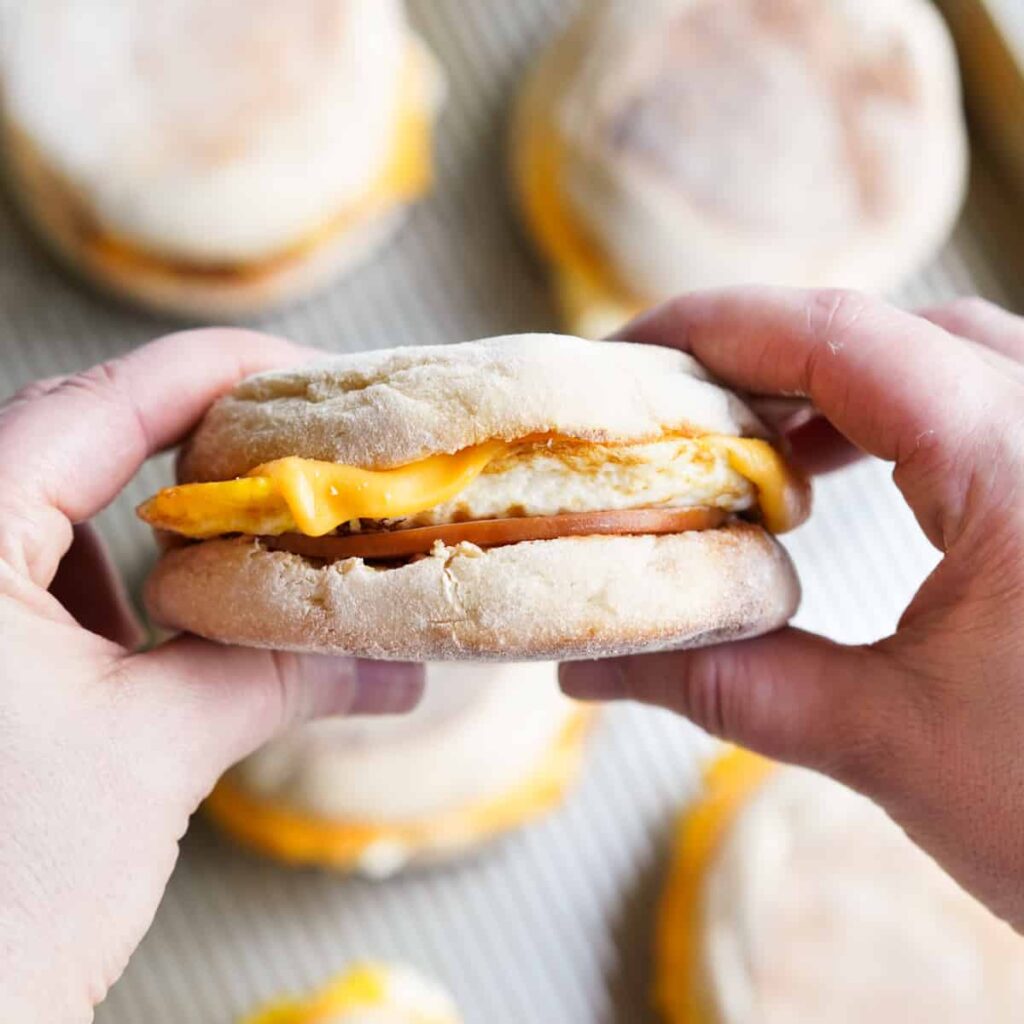
External Link: Our Best Bites Large Batch Guide
Perfect Pairings: Beverages and Sides to Complement Your Rounds
Pair sweet rounds with green tea for antioxidants; savory with black coffee for boldness. Sides like yogurt parfaits or fresh fruit salads round out the meal.
For brunch, add mimosas (non-alcoholic versions for all ages). These combos enhance flavor harmony—tart apple cuts richness in PB.
Homemade English Muffins: Elevate Your Rounds from Scratch
Why buy when you can bake? This recipe yields 12 muffins in 2 hours.
Ingredients:
- 1 cup milk, warm
- ¼ cup butter, melted
- 2 tsp sugar
- 1 tsp salt
- 1 tbsp active dry yeast
- 3 cups flour
- Cornmeal for dusting
Directions:
- Mix warm milk, butter, sugar, salt; add yeast. Let bloom 5 minutes.
- Stir in flour to form dough; knead 5 minutes. Rise 1 hour.
- Roll to ½-inch; cut 3-inch rounds. Rest 30 minutes on cornmeal-dusted sheet.
- Cook on griddle 7 minutes per side over low heat.
- Cool; split with fork for nooks.
Use in any round recipe for fresher taste. Troubleshooting: Too dense? Add more milk. This hands-on approach connects you to Thomas’ legacy.
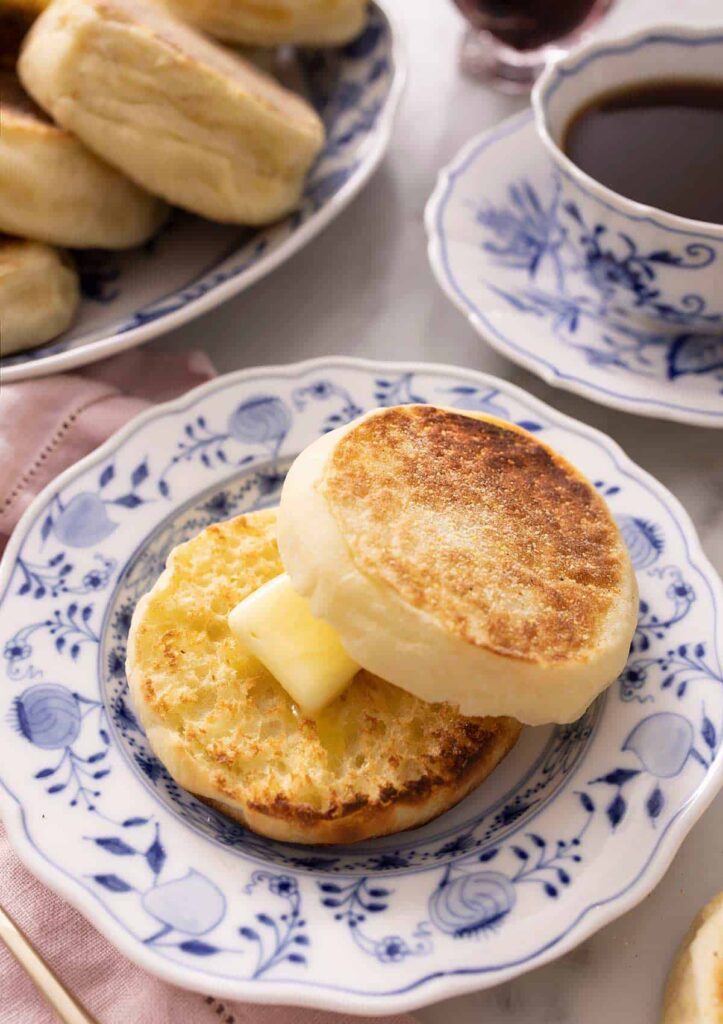
Creative Variations: From Breakfast Boards to Mini Pizzas
Host a build-your-own board: Muffins, eggs, avo, bacon—fun for crowds. Or transform into pizzas: Tomato sauce, cheese, bake 10 minutes.
For kids, smiley faces with fruit cutouts. International spins: Add kimchi for Korean flair or hummus for Mediterranean.
These ideas, drawn from 13+ inspirations, keep routines exciting. External Link: Kath Eats’ 13 Ideas
Why English Muffin Rounds Deserve a Spot in Your Routine
In wrapping up, English muffin breakfast rounds embody breakfast’s best: simple, satisfying, and endlessly adaptable. From historical griddles to modern microwaves, they’ve evolved into a staple that nourishes body and soul. Experiment, prep ahead, and savor the start.
[Internal Link: Subscribe for Weekly Recipe Updates]
